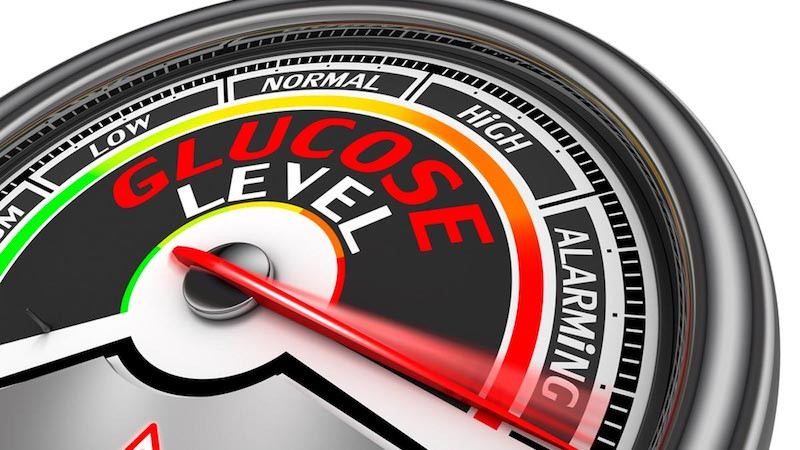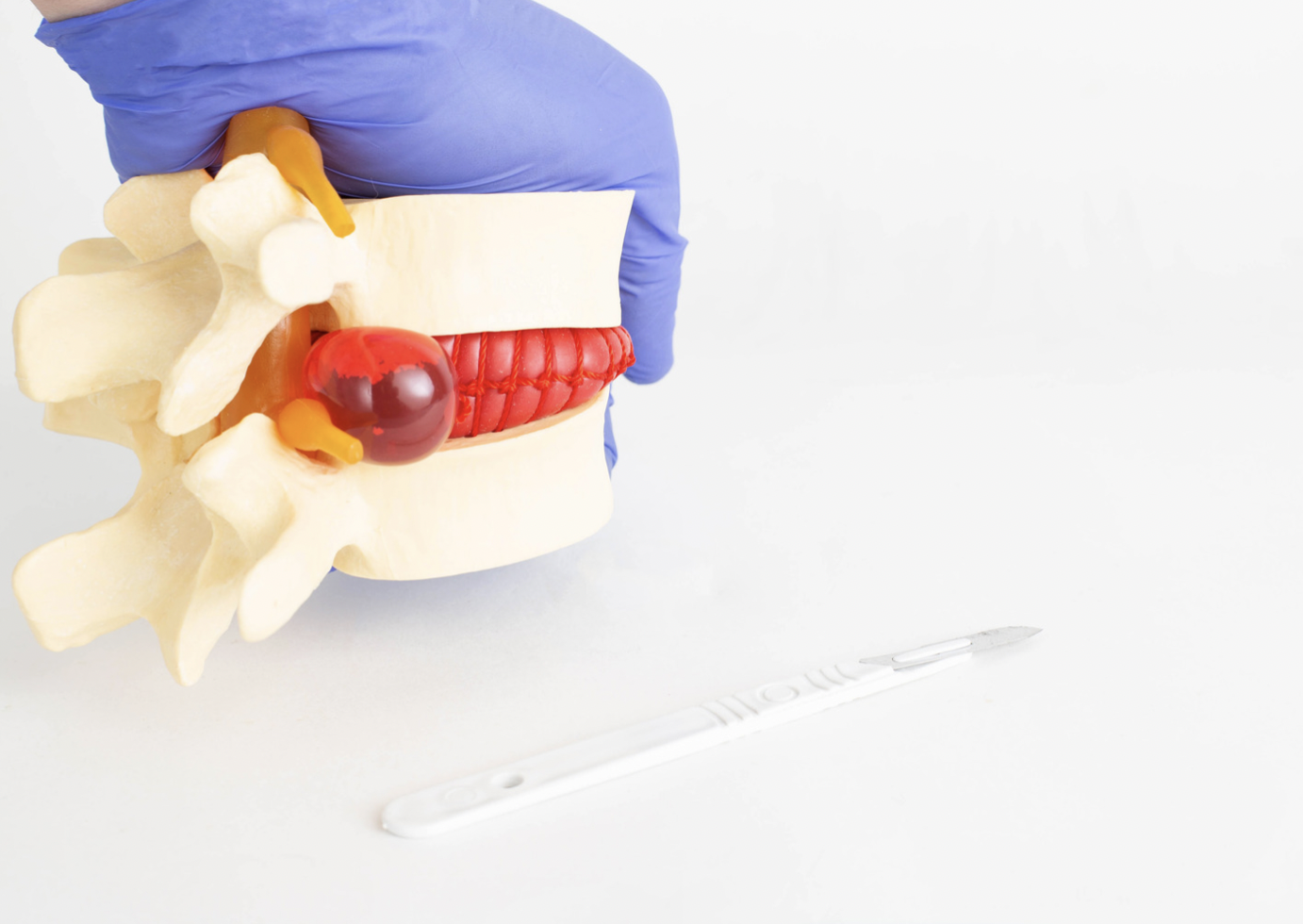Other Brands/Names
Fordiab, Glurenorm, Glidiab, and Lodem
Mechanism of Action
Gliquidone is a medication prescribed primarily for the treatment of type 2 diabetes, as it helps to reduce blood sugar levels. Gliquidone is a second-generation sulfonylurea antidiabetic medication that effectively reduces and regulates blood sugar levels by stimulating the secretion of insulin through the activation of pancreatic islet beta cells.
Indications
This medication is indicated for the treatment of medical problems such as:
- Non-insulin dependent diabetic mellitus (NIDDM) or type 2 diabetes mellitus that is unresponsive to dietary modifications only
- Due to its minimal tendency to accumulate, this medication can be administered to those with compromised renal function
Contraindications
This medicine should not be given to patients who have the following conditions:
- Acute porphyria (a group of disorders that arise due to excessive accumulation of porphyrin compounds)
- Liver function failure
- Severe kidney failure
- Pregnant and breastfeeding mothers
- Insulin-dependent diabetes (type 1 diabetes mellitus)
- Coma, diabetic precoma, and extreme metabolic imbalance leading to acidosis
- Diabetic patients who experience complications of acidosis or ketosis, post-operative stress (stressful reactions that arise after a surgical procedure), and acute infections
Side Effects
The consumption of gliquidone may result in the following side effects:
- Symptoms of hypoglycemia (low blood sugar levels) include confusion, shaking, vertigo, or sweating
- Hunger
- Weight gain
- Abdominal pain
- Dark urine
- Sleepiness
- Redness of the skin
- Nausea or vomiting
Preparations
The currently available dosage form of gliquidone is a 30 mg tablet.
Dosage
Gliquidone is administered orally. In adults, the recommended first dosage of gliquidone is 15 mg per day, to be taken 30 minutes before breakfast.
The doctor will gradually increase the dosage based on the patient's reaction to treatment, with each step ranging from 15 mg to 45–60 mg per day, divided into 2-3 doses. The highest amount will be administered prior to breakfast. The highest single dosage is 60 mg; however, the highest dosage allowed per day is 120 mg.
Patients should take gluquidone thirty minutes before each meal. The dose regulation for Gliquidone that is typically administered is the dosage that is presented above. It is possible for the dosage to change depending on the patient's condition and requirements. Before changing the dosage, it is necessary to consult with your doctor or pharmacist.
Safety of Drugs
Pregnancy:
The medicine is classified as FDA Category C, indicating a potential risk of causing pregnancy problems. Therefore, category C medications should only be considered if the advantages for both the mother and fetus outweigh the potential concerns they may provide.
Drug Interactions
Gliquidone could have unpredictable interactions with other medications. This can affect the mechanism of action of the drug and increase the risk of side effects. Several medications that interact with gliquidone are as follows:
- Barbiturate class of drugs
- Vasopressin class of drugs
- Oral anticoagulants
- Alcohol
- Salicylates
- Sulfonamides
- Phenylbutazone
- Tuberculosis medications
- Chloramphenicol
- Tetracycline
- Cyclophosphamide
- MAO inhibitor class of drugs
- Miconazole
- Co-trimoxazole
- Oral contraceptives
- Corticosteroid
- Thyroid hormone
Looking for more information about other medications? Click here!
- dr. Alvidiani Agustina Damanik
MIMS Indonesia. Gliquidone. Retrieved 16 July 2024, from: https://www.mims.com/indonesia/drug/info/gliquidone?mtype=generic
U.S. National Library of Medicine National Center for Biotechnology Information. Gliquidone. Retrieved 16 July 2024, from: https://pubchem.ncbi.nlm.nih.gov/compound/Gliquidone
Gliquidone. Retrieved 17 July 2024, from: https://www.sciencedirect.com/science/article/abs/pii/B9780128012383979935
Badan Pengawas Obat dan Makanan. Monografi Gliquidone. Retrieved 17 July 2024, from: http://pionas.pom.go.id/monografi/gliquidone
Drugbank. Gliquidone. Retrieved July 17, 2024, from: https://go.drugbank.com/drugs/DB01251

/62d24491836c4.jpg)




/630206d67d517.jpg)





